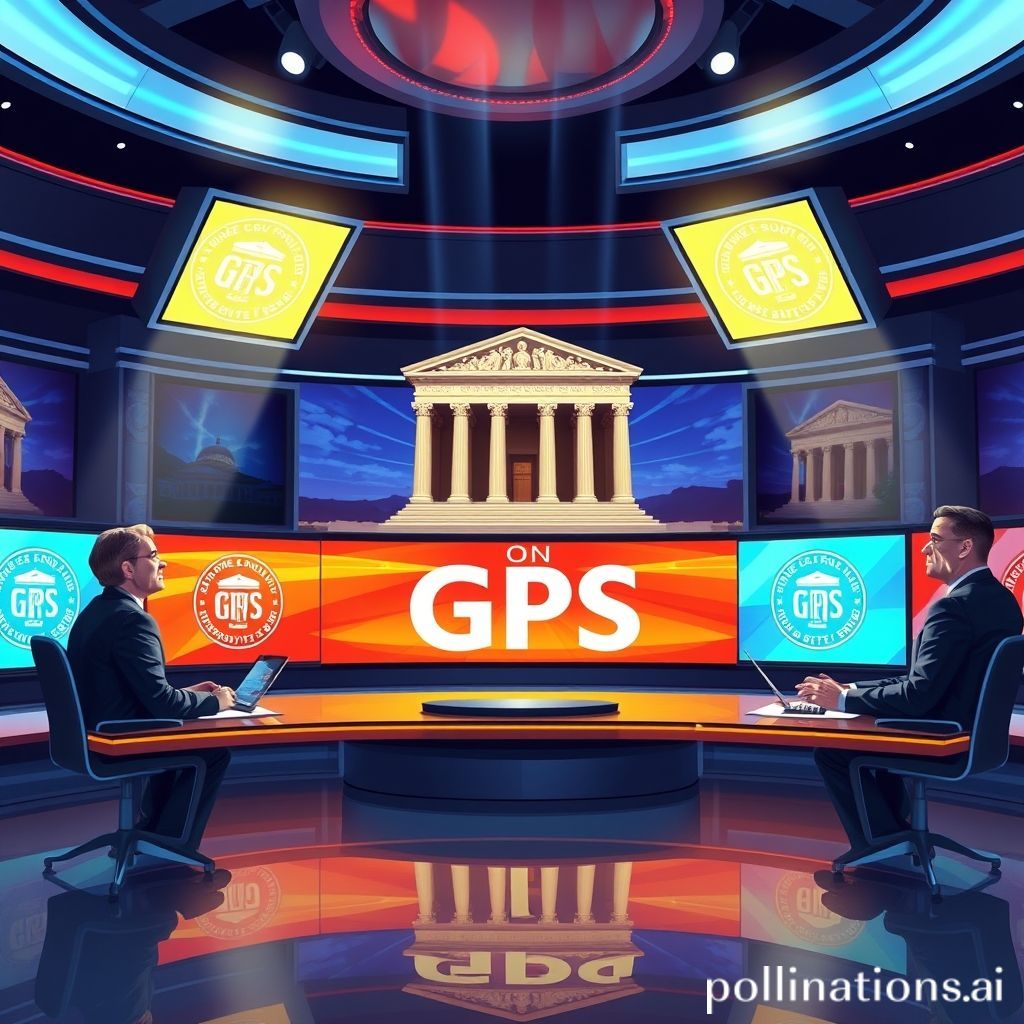On GPS: The Supreme Court’s blockbuster decision

On GPS: The Supreme Court’s blockbuster decision
On GPS: The Supreme Court s Blockbuster Decision
Hey there, legal eagles and tech enthusiasts! Ever wonder about the invisible web of satellites guiding your every move, quite literally? We're talking about GPS, the Global Positioning System. It s become so ingrained in our daily lives that we barely give it a second thought. But what happens when this technology intersects with the law, specifically your right to privacy? Buckle up, because we're diving deep into a landmark Supreme Court case that redefined the boundaries of government surveillance in the digital age.
The Case That Changed Everything: United States v. Jones
In 2012, the Supreme Court delivered a game changing verdict in United States v. Jones. This case involved Antoine Jones, a nightclub owner suspected of drug trafficking. Without obtaining a valid warrant, police attached a GPS tracking device to Jones s vehicle and monitored its movements for 28 days. The data collected was then used to build a case against him.
The question before the Court was simple, yet profound: Did this warrantless GPS tracking violate Jones s Fourth Amendment rights, which protect against unreasonable searches and seizures?
The Fourth Amendment and the Digital Age
The Fourth Amendment is a cornerstone of American freedom. It protects us from unwarranted government intrusion into our lives. However, applying this centuries old principle to modern technology presents a unique set of challenges. GPS tracking, unlike a physical search of a home, is invisible and continuous. It allows law enforcement to monitor a person's every move, revealing intimate details about their life.
The Supreme Court s Ruling: Trespass and Reasonable Expectation of Privacy
The Supreme Court unanimously ruled in favor of Jones, although they arrived at this conclusion using slightly different reasoning. Justice Scalia, writing for the majority, focused on the physical trespass involved in attaching the GPS device to Jones s car. He argued that the government s actions constituted a physical intrusion, violating Jones's property rights and therefore his Fourth Amendment rights.
However, other justices, including Justice Sotomayor, emphasized the broader implications of GPS tracking. They argued that individuals have a reasonable expectation of privacy in their movements over an extended period, regardless of whether there was a physical trespass. Justice Sotomayor, in her concurring opinion, highlighted the potential for abuse inherent in mass surveillance using GPS technology.
Why Jones Matters: Redefining Privacy in the Digital Age
United States v. Jones was a watershed moment. It established that prolonged GPS tracking without a warrant is a violation of the Fourth Amendment. The decision acknowledged that technology can fundamentally alter the balance of power between the government and the individual.
Here's a simple comparison to illustrate the impact:
| Feature | Before Jones | After Jones |
| | | |
| GPS Tracking | Legality was uncertain | Requires a warrant for prolonged tracking |
| Fourth Amendment | Application to GPS was unclear | Explicitly applies to GPS technology |
| Privacy Protection | Weaker in the context of GPS | Strengthened by requiring judicial oversight |
The Long Shadow of Jones: Lingering Questions and Future Challenges
While Jones provided a clear answer in the context of GPS tracking on vehicles, it also raised new questions. What about cell phone location data? What about data collected by third party apps? What constitutes "prolonged" tracking?
These questions continue to be debated in courts across the country. The principles established in Jones, however, provide a framework for analyzing these new challenges. The courts must now grapple with how to apply the Fourth Amendment to an ever evolving technological landscape.
GPS: Beyond Law Enforcement
GPS technology is deeply woven into the fabric of society, serving far more purpose than just assisting law enforcement. GPS is indispensable for aviation, maritime, and land navigation, enabling precise tracking of vehicles, ships, and aircraft, thereby enhancing safety and efficiency in transport. It is critical in emergency services for locating individuals during crises, and plays a vital role in mapping, surveying, and resource management by delivering accurate geospatial data.
Conclusion: A Balancing Act
United States v. Jones was a victory for privacy rights in the digital age. It served as a warning that technology should not be used to erode fundamental freedoms. It reminds us that as technology continues to evolve, we must remain vigilant in protecting our constitutional rights.
It's a delicate balance, this dance between security and liberty. We need effective law enforcement, but not at the expense of our privacy. The Jones decision, though not a perfect solution, was a step in the right direction a reminder that even in the age of satellites and smartphones, the principles of the Fourth Amendment still hold true. It is up to us, the citizens, to ensure that they continue to do so.
Comments
Post a Comment